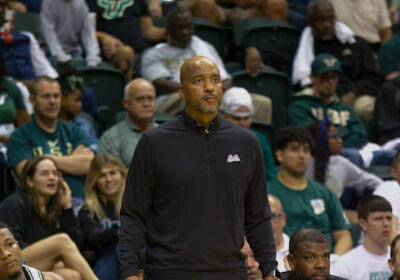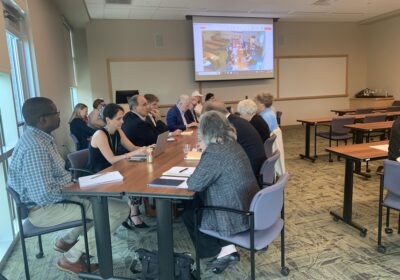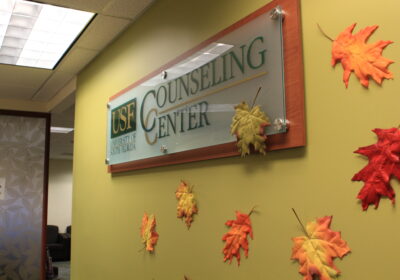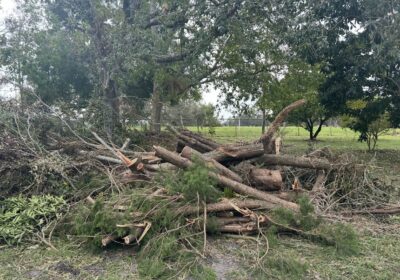USF puts safety first when deciding campus closures, officials say

There is a “long list of factors” considered when closing the university for a storm, but “safety always comes first,” said Grant Gundle, USF’s director of emergency management.
When a storm threatens the USF community, Gundle is part of the Executive Policy Group, a team of 30 people deciding when to cancel classes, close campuses or evacuate residential halls.
USF President Rhea Law sits at the helm of the group, making the final decision on campus closures, he said.
The team, working closely with the National Hurricane Center (NHC) and National Weather Service, considers the forecast of the storm.
Even when there isn’t a storm nearby, Gundle said USF meets with the NHC to check the forecast for the week.
USF Tampa has “historically” not evacuated residential halls unless the campus is going to experience Category 3 winds or is in the direct path of the storm, said Ryan Hughes, a university spokesperson.
All USF’s buildings are built to code, but that only means they’re approved for around 110 mph winds, the maximum speed of winds from a Category 2 storm, Gundle said.
However, wind speed is only one of the factors considered.
Storm surges, traffic for those evacuating, size and path of the storm and whether the campus is in an evacuation zone are also considered.
The decision to evacuate the St. Pete and Sarasota-Manatee campuses is influenced by evacuation orders of local governments, Hughes said. The Tampa campus is not in an evacuation zone, according to Hillsborough County.
The team balances making the decision on the most up-to-date forecast while giving students enough time to prepare, Gundle said.
“It’s sort of a delicate balance,” Gundle said. “But we do include everything we can and meet regularly so they can make the most decisive and best decisions for the safety of the students, faculty and staff.”
The exact time needed to inform students and staff about the closure varies by storm, but a deadline is determined during a meeting. Often, the university’s communications team drafts the announcement before the meeting is over, Gundle said.
Ahead of Hurricane Milton, USF announced classes would be canceled three days before the storm made landfall, Hughes said. Dorm residents were told their halls would be closed roughly 18 hours before they had to vacate their rooms.
USF is considered a “Storm Ready” school, a designation awarded by the National Weather Service if the university checks off several boxes, Gundle said.
These include steps such as having an emergency operations center, a system that monitors local weather conditions and a way to broadcast alerts to the public.
The designation is up for renewal every three years, so USF Tampa will be going through the renewal process again in the spring, he said. USF St. Pete is also considered a “Storm Ready” university, but Sarasota-Manatee was not listed on the website.
“It definitely is a fluid decision,” Gundle said.
After a storm has hit, the Executive Policy Group continues to meet to determine the reopening plan.
After it’s safe for staff to return to campus, several damage assessment teams of two to three people are formed.
For the Tampa campus alone, there could be anywhere from seven to 15 groups, checking each building for damage.
However, the number of damage assessment teams also depends on how many staff members can safely make it back to campus, especially if they are personally dealing with damage from the storm.
The teams start with residential buildings and then check “student-centric areas,” such as the Library and Marshall Student Center.
When deciding when to welcome students back to campus and resume classes, the team also has to consider the number of instructional hours students are allowed to miss.
This varies by program, but was part of the reason classes resumed flexibly the week after campus reopened.
After a storm, the Executive Policy Group has an “after-action” plan, which involves collecting student feedback. The team had planned to have its after-action meeting for Hurricane Helene the day they had to start preparing for Hurricane Milton.
The plan includes tabling at Bull Market to talk to students and get their thoughts on how the university handled the storm, Gundle said.
“Then, [for] the next storm, we can take those recommendations and hopefully do it better the next time,” he said.






